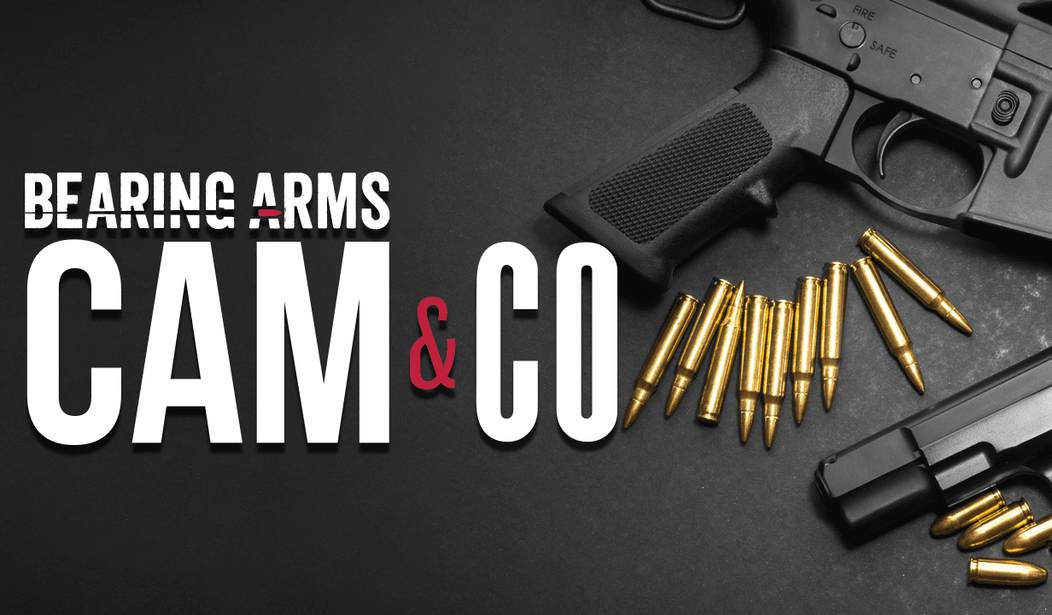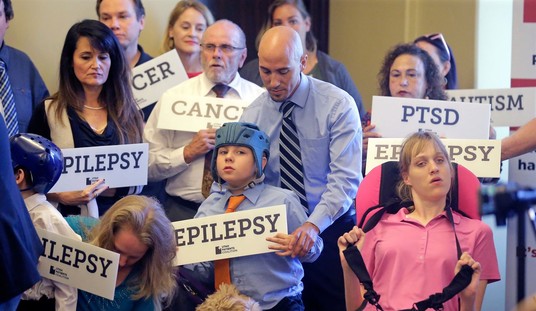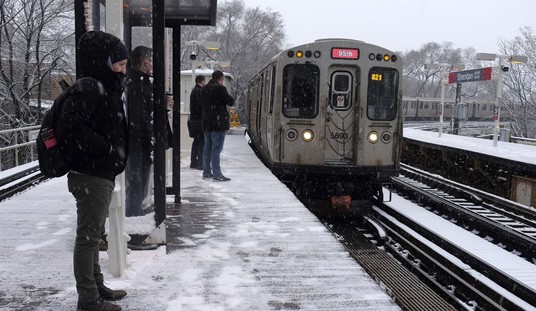On today’s Bearing Arms’ Cam & Co we’re highlighting an insightful piece from Reason‘s J.D. Tucille about why even polls showing majority support for gun control measures offer little comfort to the anti-gunners themselves. As Tucille points out, those polls are likely to undercount the actual number of gun owners in this country, but are also contradicted by other surveys showing growing and bipartisan mistrust of the government.
Lying to researchers out of concern the government will obtain and misuse survey responses emphasizes a major challenge to gun control advocates: Americans overwhelmingly obtain firearms as a safety measure and also view the government itself as dangerous.
“Public trust in government remains low, as it has for much of the 21st century. Only two-in-ten Americans say they trust the government in Washington to do what is right ‘just about always’ (2%) or ‘most of the time’ (19%),” Pew noted last year.
“Fifty-eight percent (58%) of voters believe that the federal government today is a threat to the freedom and liberty of individual Americans,” pollster Scott Rasmussen found in 2021.
“Two in three Americans (67%) identify big government as the country’s biggest threat,” according to Gallup in 2017.
Undoubtedly, much of the negative feeling toward government has to do with who wields its power. That means politicians who already are widely distrusted. But in our political system it especially means representatives of hostile political factions who gain office as one election gives way to another. According to 2022 NBC News polling, roughly 80 percent of Republicans and Democrats alike say the other political party “poses a threat that if not stopped will destroy America as we know it.”
If you distrust the government and view it as a threat to your liberty—especially when, inevitably, control of its vast power falls into the hands of a political faction you fear—you’ll probably see submitting to government attempts to track and limit civilian arms as a risky move. For a population that seeks safety in gun ownership, complying with restrictive firearms laws is a step in the wrong direction—no matter what survey respondents favor in the abstract.
There’s not much good news for anti-gunners on the compliance front either. Not only do we see failures of the most restrictive gun control regimes happen on a daily basis in places like New York City, Chicago, and Los Angeles, but legal gun owners are also increasingly adopting the Firearms Policy Coalition’s “f*** you, no” mentality.
To put it bluntly, this is not an encouraging environment for advocates of gun restrictions. They might pass laws in jurisdictions under their control, but getting people to obey is an uphill battle.
“Data shows massive noncompliance with the assault weapon registration requirement,” HudsonValleyOne reported in 2016 after New York tightened its laws, but before the rising tensions of recent years. “Based on an estimate from the National Shooting Sports Federation, about 1 million firearms in New York State meet the law’s assault-weapon criteria, but just 44,000 have been registered.”
“Compliance appears to have gotten worse,” The Buffalo News noted last year. “While the Safe Act also required assault weapon owners to re-register their guns every five years, just 14,056 residents have submitted applications for recertification,” down from 23,487 owners who registered in 2015.
That’s discouraging for advocates of any sort of restrictions, though good news for those of us who prefer minimal government intrusion into people’s lives. It also could have been predicted by anybody who knows the history of prohibitions—and of governments despised by their subjects.
Tuccilli makes some excellent points, but I think the bad news for anti-gunners goes much further than the examples he points out. The truth is that by every measurable standard, the gun controllers have been losing ground for decades.
The rise of the modern gun control movement started in the 1960s, and after passage of the Gun Control Act in 1968 the prohibitionists were flushed with success. Groups like the National Council to Control Handguns (now Brady) called for a nationwide ban on handguns, and managed to get Washington, D.C. city council members to enact their own ban in 1976, though a statewide referendum in Massachusetts that would have prohibited handgun ownership held the same year ended in a crushing defeat for the prohibitionists, with 69% of voters rejecting the ban. By the early 1980s the only city to join D.C. in banning the possession of handguns was Chicago, and it was woefully clear to anyone paying attention that those prohibitions weren’t doing anything to reduce crime in either jurisdiction. In 1981, five years after D.C.’s handgun ban took effect, the city’s homicide rate had climbed from an already abysmal 28 per 100,000 people to 35 per 100K, and would reach a high of 80 murders per 100,000 residents by the end of the 1980s.
The homicide rate in Chicago also climbed after its own handgun ban went into effect in the early 1980s, reaching a high of 34 per 100,000 people in 1992. By then, the National Council to Control Handguns had rebranded itself twice; first as Handgun Control Inc. and then the Brady Center/Campaign to Prevent Gun Violence. Gone were the overt demands to rid the country of handguns entirely, and the gun control lobby instead tried to reinvent itself as the purveyor of “common sense” gun laws, though their preferred policies were still targeted at legal gun owners instead of violent criminals.
The gun control lobby failed in its attempt to enact Prohibition II. In fact, though the movement is still predicated on the idea that the U.S. can’t reduce violent crime unless it sharply reduces the number of legal gun owners, estimated gun ownership rates have remained remarkably steady over the past five decades, hovering around 40% of U.S. households. Since the population has grown by more than 100 million people since the early 1970s, that means we not only have more gun owners now than we did 50 years ago but the number of privately-owned firearms is estimated to now be well over 400 million.
More guns haven’t resulted in more crime. From 1991 to 2019, violent crime and homicides across the United States fell by more than 50%, and even after the sharp uptick in violence corresponding to the COVID pandemic and riots and unrest in 2020 those rates are still far lower than what we saw in the 70s, 80s, and early 1990s. Instead of banning handguns most states ended up going the opposite direction; adopting “shall issue” carry laws, enacting firearm preemption laws that removed the ability of cities to impose gun control measures of their own, and even enshrining the right to keep and bear arms in their own constitutions.
The gun control lobby is too well funded to disappear completely (in fact, they’re better funded than ever), but the gun control movement is still losing ground as it has since its high-water mark in the early 1970s. Heck, they don’t even like to call themselves “gun control activists” anymore, knowing that label is toxic to large swathes of the electorate. Instead they’ve engaged in yet another rebranding effort, proclaiming themselves to be “gun safety advocates”; a label that only fits if your idea of gun safety is “don’t own a gun.” Tuccilli is right that recent polls don’t offer much good news for the anti-gunners among us, but the truth is that history is even harder on those intent on stripping away our fundamental right to armed self-defense.









Join the conversation as a VIP Member